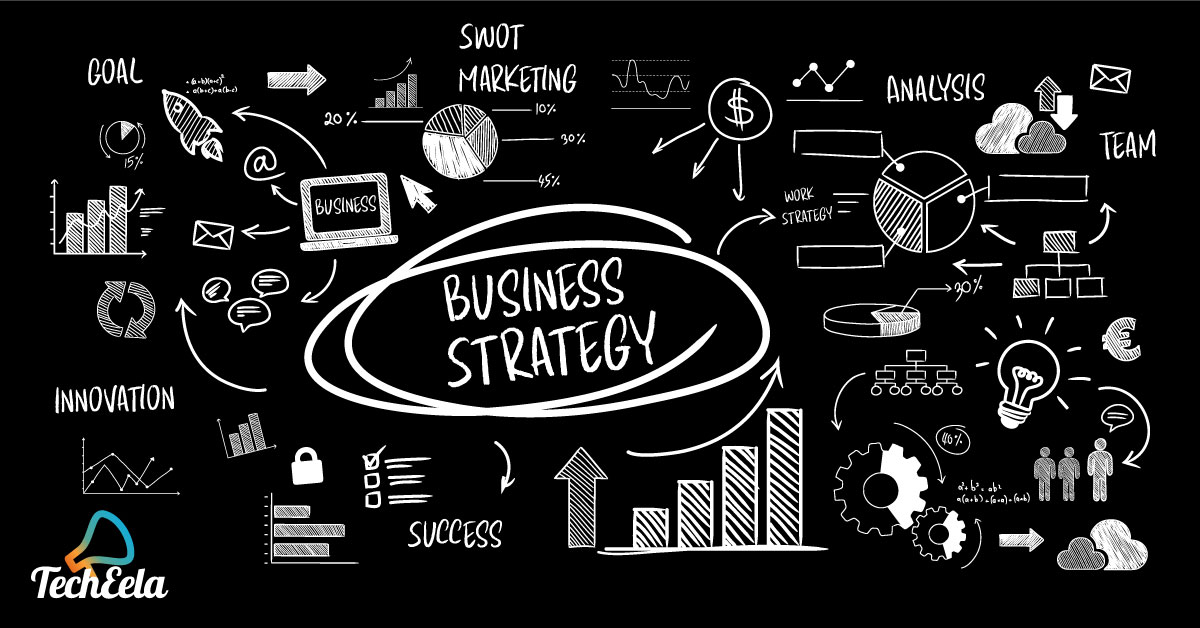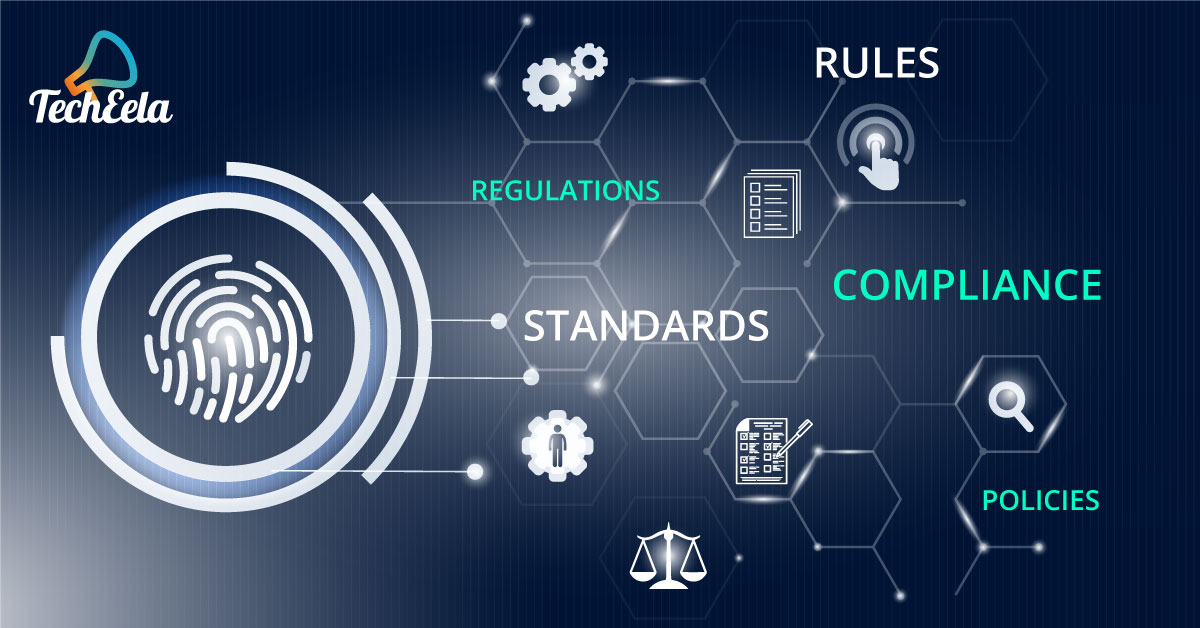
More on Technology
Innominds and Qualcomm Collaborate to Drive Enterprise Digital Transformation with High-Compute Edge AI Platform
-
Team Eela
Data is one of the most valuable assets for any organization. Every organization needs a good Data Strategy to run the business efficiently. Extracting the essential business insights from the data for your business growth begins with developing a good Data strategy.
In this article we will be discussing on Seven simple steps on Data strategy building by using steps and guidelines. We have covered everything you need to know and implement in order to create an apt data strategy for your business, right from the scratch, there are certain principles involved for a data strategy to work. Have a look.
There are some fundamental principles on which a data strategy are made. These are:
Things discussed here are just briefly discussed and may not be understood clearly, they will be explained down the lines. If you are completely new to the topic then please do have a look on the topic Data Strategy first, it explains in depth about the data strategy definition, importance and its key elements. Let’s begin with the First and most important step: making or having your business strategy, with clear aims and objectives.
It is the set of goals and statements for which your Data strategy is working. A data strategy should not be developed in isolation, but it should be developed by properly understanding all the aspects of the multiple departments and projects which can contribute to the mission and vision statement of the company. By identifying the overall business strategy’s needs and priorities, we can figure out how the data can help us achieve that.
To make things easy, answer these simple questions to define or refine your business strategy
i) Define your Mission statement:
ii) State deliverables and target personas: what you going to provide and to whom
iii) Define your core competencies: what is your unique signature Identity in business
iv) How data analytics can help you achieve, monitor and provide directions to your overall business.

Also, it is equally important to know what are the goals that of it before building a data strategy, such as:
i) Using data to get the Insights:
ii) Offering a smarter and more customized product or experience to the customer
iii) To improve your internal processes, collaborations and operations of different projects in the organization
iv) To make or improvise the top data management tools, including privacy and security of the data.
v) Monetization aspects of the data: packaging and selling it to some potential buyers
Identifying the different use case scenarios of the data should be done with every intellectual in the business irrespective of the department or level. This not only helps us to explore the new dimensions of the data use case but also to earn Buy-in from company leadership, which is the next step.
Buy-in proposal is created focusing on overall return on Investment and Growth of the company. It is meant to get the approvals and resources required for the implementation. It is the second step in our journey that could take time and may even need to be redrafted upon the leaders’ suggestions.
The best practice in this is to include the short-term adoption priorities. This means to identify 2-3 quick data wins, as a result is oriented in short term and economical as well, it is easier to showcase the potential of your data strategy through the quick wins.
Earning more buy-in from different company levels is also a crucial part of this step, which is required to get the amount of participation you need for the successful implementation. Ideally the culture of understanding the power and importance of data should be there at every level in the organization. So that data is being used and handled like an asset. It begins with the Leadership awareness and plans to go in one direction.
This means identifying the type of data required and where it has to be collected. In this step, you need to answer these questions
What data you need? will it be structured, unstructured or semi structured?
From where is this data to be collected? Do you have enough internal resources for collecting the amount of data required? If No, from which external resources you need to collect the data? (Like Social Media, Online portals, etc.) Is the data you need is accessible and how you will collect it (Data Collection Methods)?
After we are done with identifying the data type and its sources, the next step is how we will store the data, process it, etc. For which we need the required technology and infrastructure.
Now what we will do is to full fill the technological and infrastructural implications of the data strategy? This means how we will be providing the hardware and software tools support required, Things for which we need to provide a solution are: –

After this step is done, we are almost done with the strategy, the only thing we need is proper planning and management, i.e., Governance and Management, which is our next step
Data Analytics brings great returns, but it comes with the responsibility of its proper management and Governance. This step involves of planning and making guidelines for proper data quality, validation, security, privacy, etc. To make the things easy, you just have to find a suitable solution for below mentioned list-

Till now we have done everything we need for a well-Developed data Strategy, now it is the time to implement the data strategy, for which we need people with right skill set and a roadmap so that everyone involving the strategy knows it’s roles and responsibilities, and we can keep track of the progress we have made so far.
This is the step in which you build your Data management teams and assign the data governance roles and responsibilities. In this process, you first need to identify the skill set you need for implementing the data strategy. If you don’t have the people with the required skill set, either you hire people with that skill set or train some in-house staff or what most organizations are doing is to partner with some data provider or acquire a company for external skills.
This final step in your data strategy, making a Data Strategy is one thing, delivering on it is another. The roadmap is about laying out a plan in the time horizon so that we have a data strategy template or framework. We can manage, communicate and facilitate how we are going to achieve the goals that we have set.
Plans that we set here should be SMART (Specific, Measurable, Achievable, Relevant and Timebound) and include who owns the Goal. Having a Roadmap also provides trackability of the strategy and how much we have achieved so far. One more thing to be considered while making a Roadmap is to ensure that it is flexible to changes if we need to make it in the future.

To conclude, following these simple steps will ensure you to have a well-developed data strategy right from scratch. As already discussed, a data strategy is a key for the J-Curve in your Business growth. But making a Data strategy is just the beginning of the implementation process. To empower its functioning, you need to ensure that your data strategy is well communicated and understood, failing which even a well-developed strategy fails to deliver.

More on Technology